-
Loading...
-
Loading...Germination by S. H. Raza 60000 (Incl of GST)
By S H Raza
Serigraph | Serigraph 20 (w) x 20 (h) inches
-
Loading...
-
Loading...The Missing Shade of Blue .SOLD
Painting | Acrylic on 100% Acid Free Reg Paper | 14 (w) x 16 (h) inches
Loading...Loading...Loading...Loading...Reality of Perspective 146100 (Incl of GST)By Ekta Sharma
Painting | Acrylic Cotton Glue on Canvas | 42 (w) x 56 (h) inches
Loading...Can we help you with Finding your favorite piece of art? Reach out to us by clicking below.
×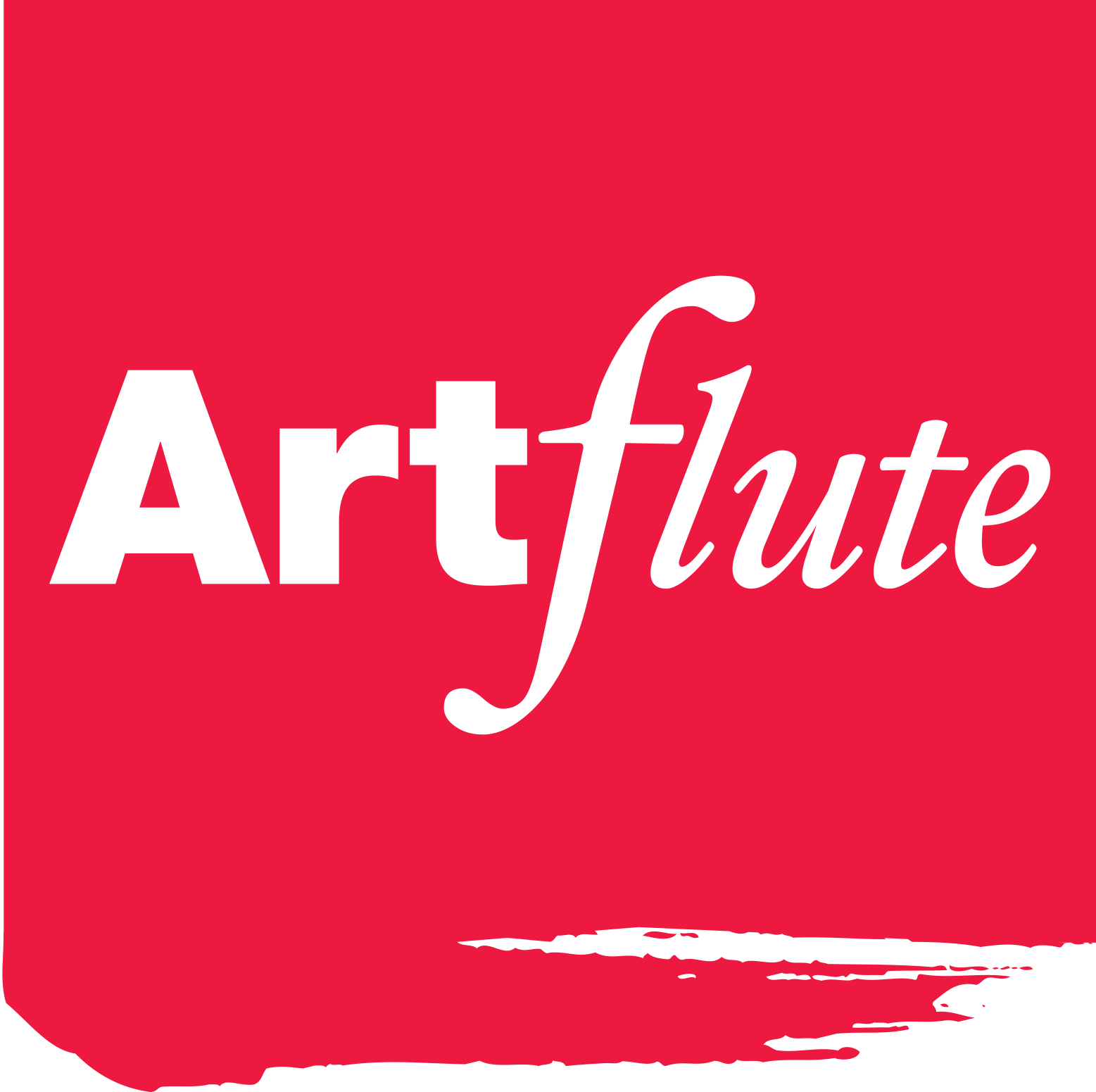
Reach out to Artflute's Curators
Hello there! It's lovely to see that you are exploing art. Please fill in these details to help us find the perfect piece of art for you.
Other collections you may like
CONTACT DETAILS:
Scan to Chat with us
Address:
PixMyWall Art Private Limited
The Executive Centre India
Kaman Amaryllis, Embassy Golf Link Road, Bengaluru – 560071
GST: 29AAGCP9708H1ZY

- Browse Art
-
Collections
View All CollectionsPOPULAR COLLECTIONSCOLLECTIONS BY PRICECURATED BY ARTFLUTE
-
Artists
View All ArtistsMASTER ARTISTSACCLAIMED ARTISTSPOPULAR ARTISTS
- Artflute Experiences
- Gift Art
- Contact Us
- Login / Signup
-

- Cart10
- Browse Art
-
Collections
POPULAR COLLECTIONSCOLLECTIONS BY PRICECURATED BY ARTFLUTE
-
Artist
MASTER ARTISTSACCLAIMED ARTISTSPOPULAR ARTISTS
- Artflute Experiences
- Gift Art
- Blog
- +91-8088-313131
- experience@artflute.com
- Artist Login
- Join Artflute / Login
- Cart 0
- Home
- >
- Collections
- >
- Blue Abstract Painting
Blue Abstract Painting
Blue is one of the most popular colors in the world, and it's no surprise that it's also a popular choice for abstract paintings. From light and airy blues to deep and rich navy hues, blue has a wide range of shades that can be used to create stunning abstract artwork. Artists have been creating brilliant works of art using only blue and white colors for centuries. In fact, the use of just two colors is an indication of sophistication and depth. Once used as a symbol of royalty due to its expensive source material it is now more accessible and artists use the deep navy to cornflower, for their palette, which allows them to create endless possibilities.
Calming tints of blue are typically lighter, provoking feelings of health, healing, and tranquility. But for every tint there is a shaded inverse. Darker blues can take on a more powerful and serious tone, many of which are melancholic in nature.
Most artists even had ‘blue periods’ in their lives as the color managed to hold ...
Blue is one of the most popular colors in the world, and it's no surprise that it's also a popular choice for abstract paintings. From light and airy blues to deep and rich navy hues, blue has a wide range of shades that can be used to create stunning abstract artwork. Artists have been creating brilliant works of art using only blue and white colors for centuries. In fact, the use of just two colors is an indication of sophistication and depth. Once used as a symbol of royalty due to its expensive source material it is now more accessible and artists use the deep navy to cornflower, for their palette, which allows them to create endless possibilities.
Calming tints of blue are typically lighter, provoking feelings of health, healing, and tranquility. But for every tint there is a shaded inverse. Darker blues can take on a more powerful and serious tone, many of which are melancholic in nature.
Most artists even had ‘blue periods’ in their lives as the color managed to hold their fascination as they explored themselves or were in search of something great through the colour blue. Picasso’s Blue period where he only painted in colors of blue between 1901 and 1904 and Yves Klein who was searching for the perfect shade of blue using which he painted 200 or so monochromatic pieces of art are two famous stories. It also holds a special place in the abstract works of Paul Klee, Wassily Kandinski, Piet Mondrian and even Jackson Pollock..
Read More
Blue is one of the most popular colors in the world, and it's no surprise that it's also a popular choice for abstract paintings. From light and airy blues to deep and rich navy hues, blue has a wide range of shades that can be used to create stunning abstract artwork. Artists have been creating brilliant works of art using only blue and white colors for centuries. In fact, the use of just two colors is an indication of sophistication and depth. Once used as a symbol of royalty due to its expensive source material it is now more accessible and artists use the deep navy to cornflower, for their palette, which allows them to create endless possibilities.
Calming tints of blue are typically lighter, provoking feelings of health, healing, and tranquility. But for every tint there is a shaded inverse. Darker blues can take on a more powerful and serious tone, many of which are melancholic in nature.
Most artists even had ‘blue periods’ in their lives as the color managed to hold their fascination as they explored themselves or were in search of something great through the colour blue. Picasso’s Blue period where he only painted in colors of blue between 1901 and 1904 and Yves Klein who was searching for the perfect shade of blue using which he painted 200 or so monochromatic pieces of art are two famous stories. It also holds a special place in the abstract works of Paul Klee, Wassily Kandinski, Piet Mondrian and even Jackson Pollock..
-
 Price
Price
-
 Size
Size
Choose the size:
OKL - Longer side above 48 inches

M - Longer side between 24 and 48 inches

S - Longer side below 24 inches

-
 Orientation
Orientation
-
 Color
Color
-
 Style
Style
-
 Categories
Categories
-
 Sort
Sort
-
 Price
Price
-
 Size
Size
Choose the size:
 OK
OKL - Longer side above 48 inches

M - Longer side between 24 and 48 inches

S - Longer side below 24 inches

-
 Orientation
Orientation





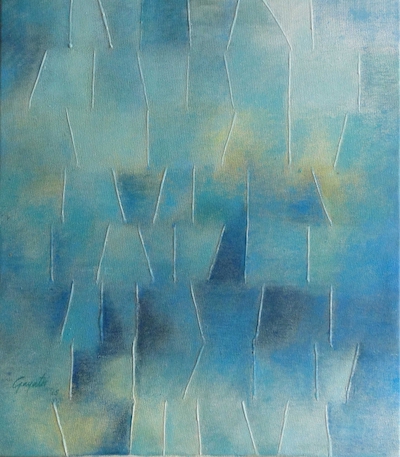
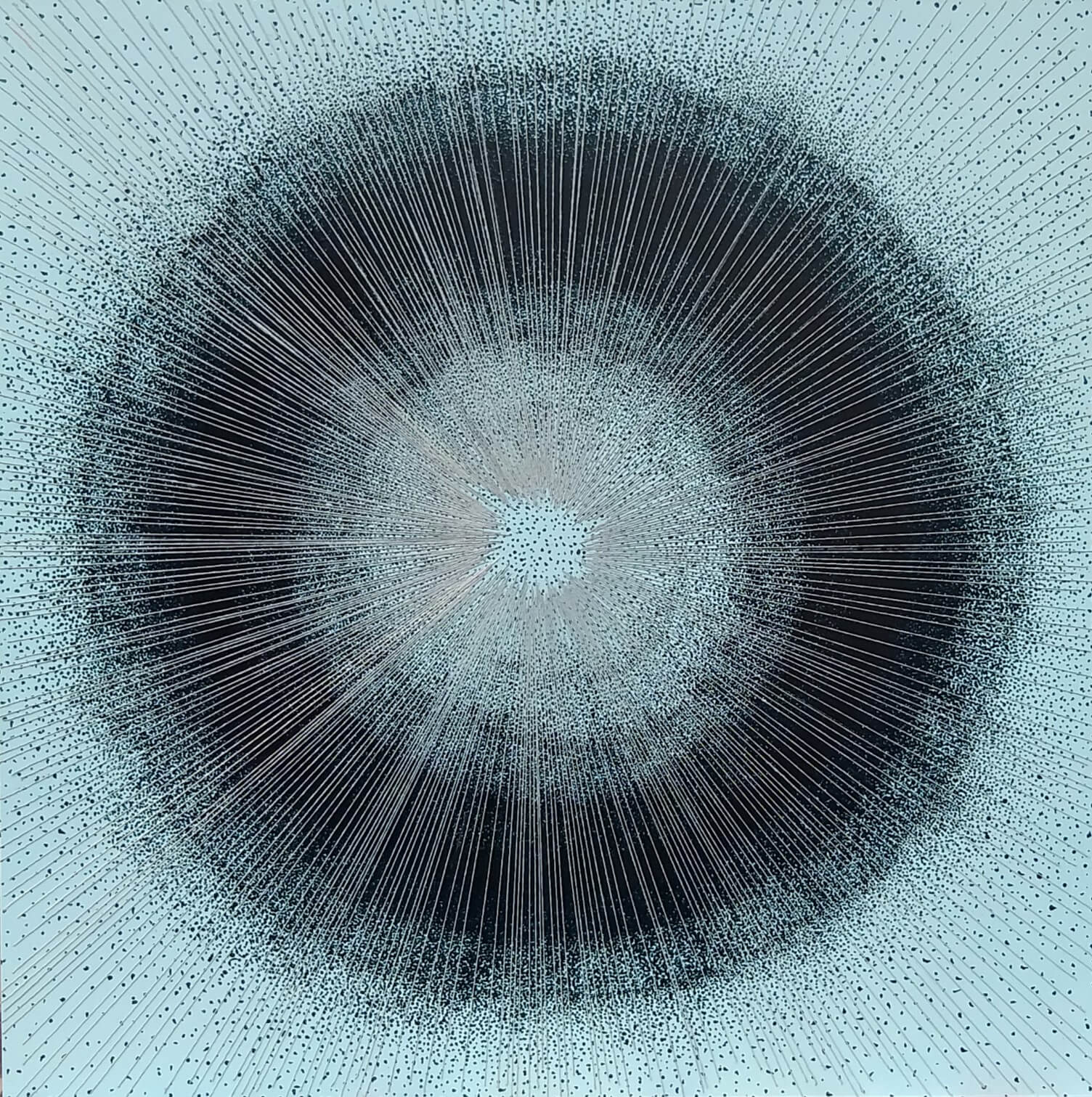



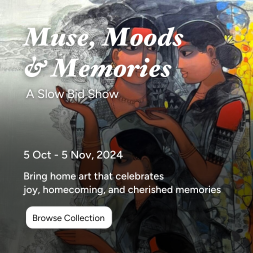 '
'
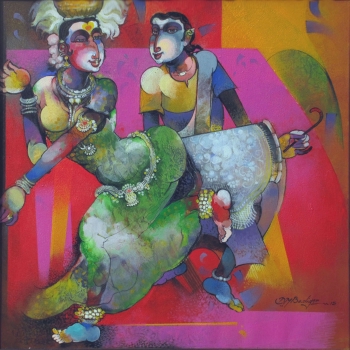 '
'
 '
'
 '
'

